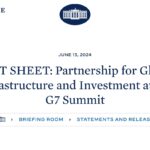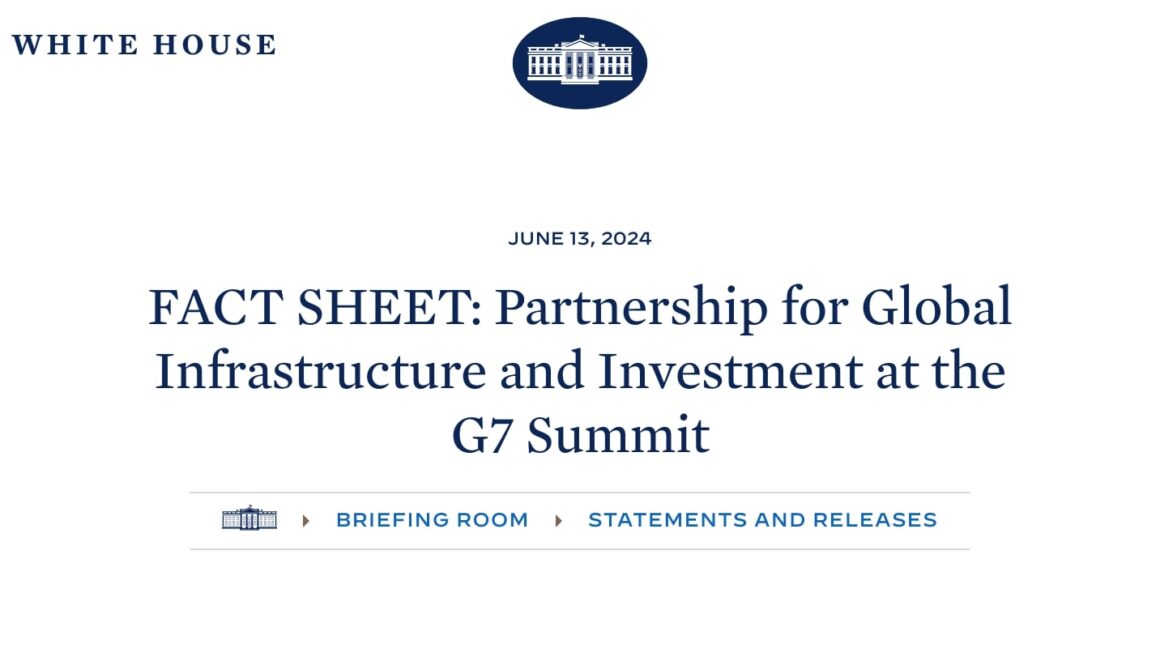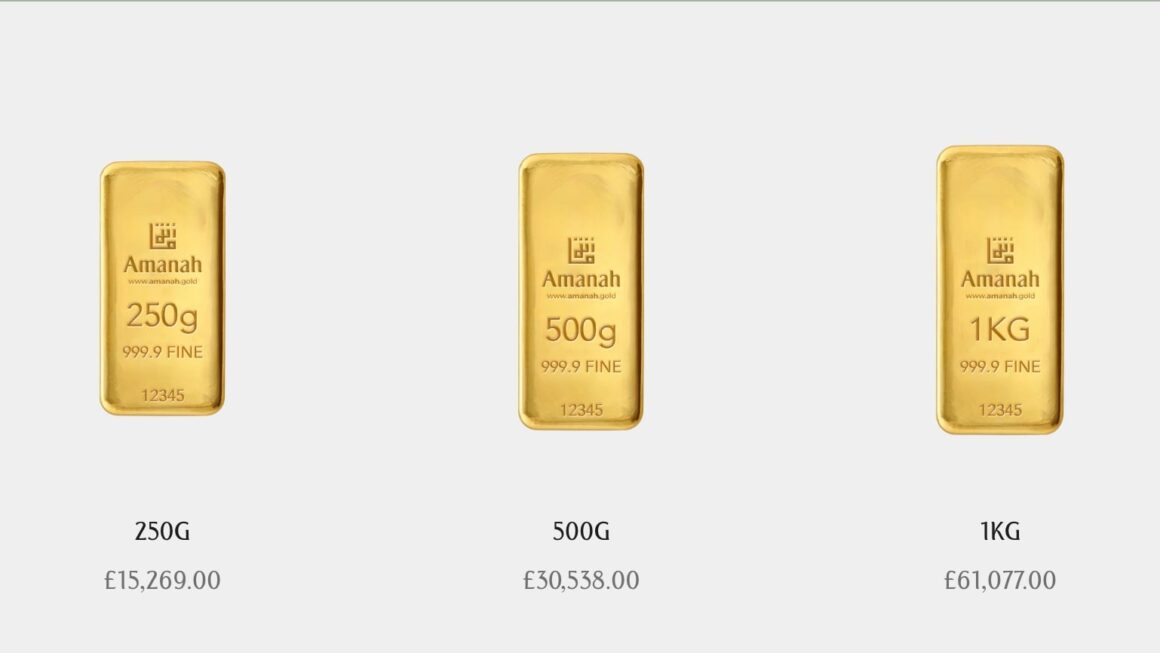Stanley Druckenmiller, a billionaire investor and former right-hand man to George Soros, has made a high-conviction bet against the US dollar. He cites his negative view of US policymaking as the reason for his confidence in the move. Druckenmiller believes that the US dollar, which has already declined by 10% since its November peak, has much further to fall. He is comfortable taking a negative position against the greenback because currency trends tend to run for two to three years, and the dollar has been on a long run higher.
Druckenmiller made the announcement at an event hosted by the Norwegian sovereign wealth fund in Oslo. He also spoke about his missed opportunity to buy into the 2022 dollar rally, saying he could not bring himself to invest in Joe Biden and Jay Powell. He suspects that US policymakers would respond to an economic downturn with a fresh wave of interest rate cuts, which historically drags down a currency.
Druckenmiller also commented on his view that big asset classes like equities were unlikely to show any positive direction over the next decade, and he expects a US recession. He is shying away from “old economy” small and mid-sized companies and is in the “hard landing” camp.
The US dollar went on a tear higher in 2022 when the Federal Reserve aggressively increased interest rates to contain inflation, but growing investor fears that the US economy is heading towards a recession and that the central bank is about to halt its rate increases have sent the dollar index down by nearly 10% since its November peak. Druckenmiller believes that the US dollar has been “weaponised” over the past year, referring to the freezing of Russia’s dollar reserves after the full-scale invasion of Ukraine in February 2022. He also believes that the Brazilian president’s recent comments about trade in the US dollar are valid.
Druckenmiller’s pessimistic outlook for the US economy and currency comes amid ongoing uncertainty in global markets, driven by the Covid-19 pandemic, geopolitical tensions, and supply chain disruptions. He is not alone in his bearish stance on the US dollar, as many other investors and analysts have expressed concerns about the potential for inflation, rising interest rates, and the impact of government stimulus measures on the currency.
Despite these challenges, Druckenmiller remains optimistic about the prospects for certain sectors of the market, such as technology and healthcare, which he believes will continue to benefit from long-term secular trends. He has also expressed interest in investing in emerging markets, where he sees potential for growth and higher returns.
Ultimately, Druckenmiller’s investment strategy reflects his deep knowledge and experience in navigating complex and uncertain markets, as well as his willingness to take bold positions when he sees opportunities for profit. While his bet against the US dollar may be a risky move to many, it is also a reflection of his confidence in his ability to identify and capitalise on market trends.














